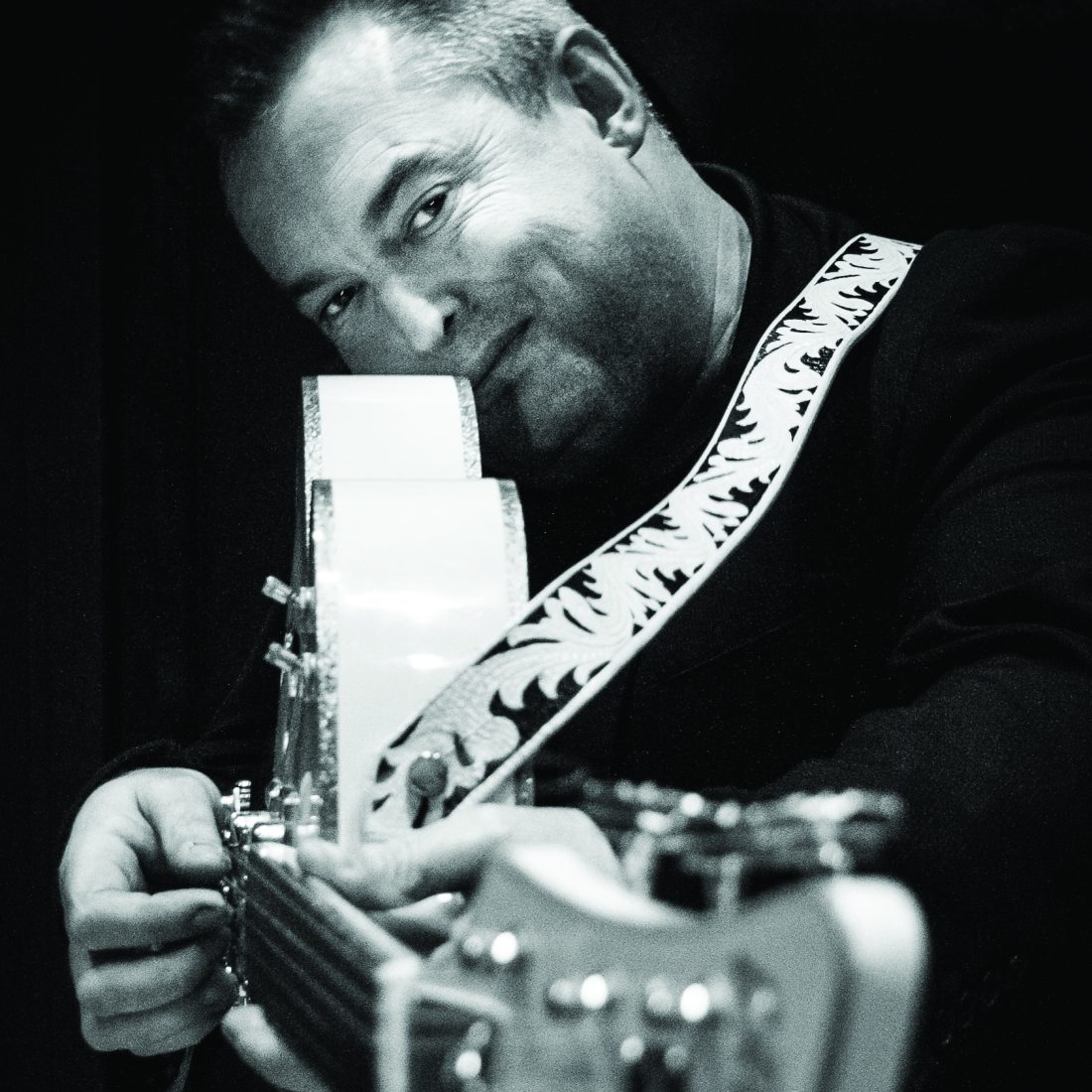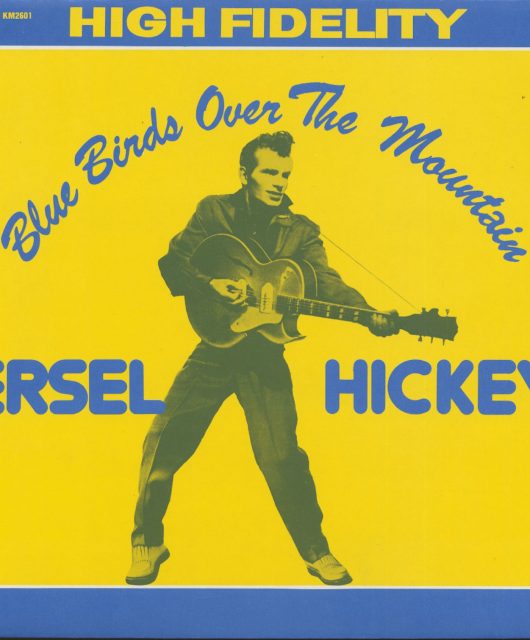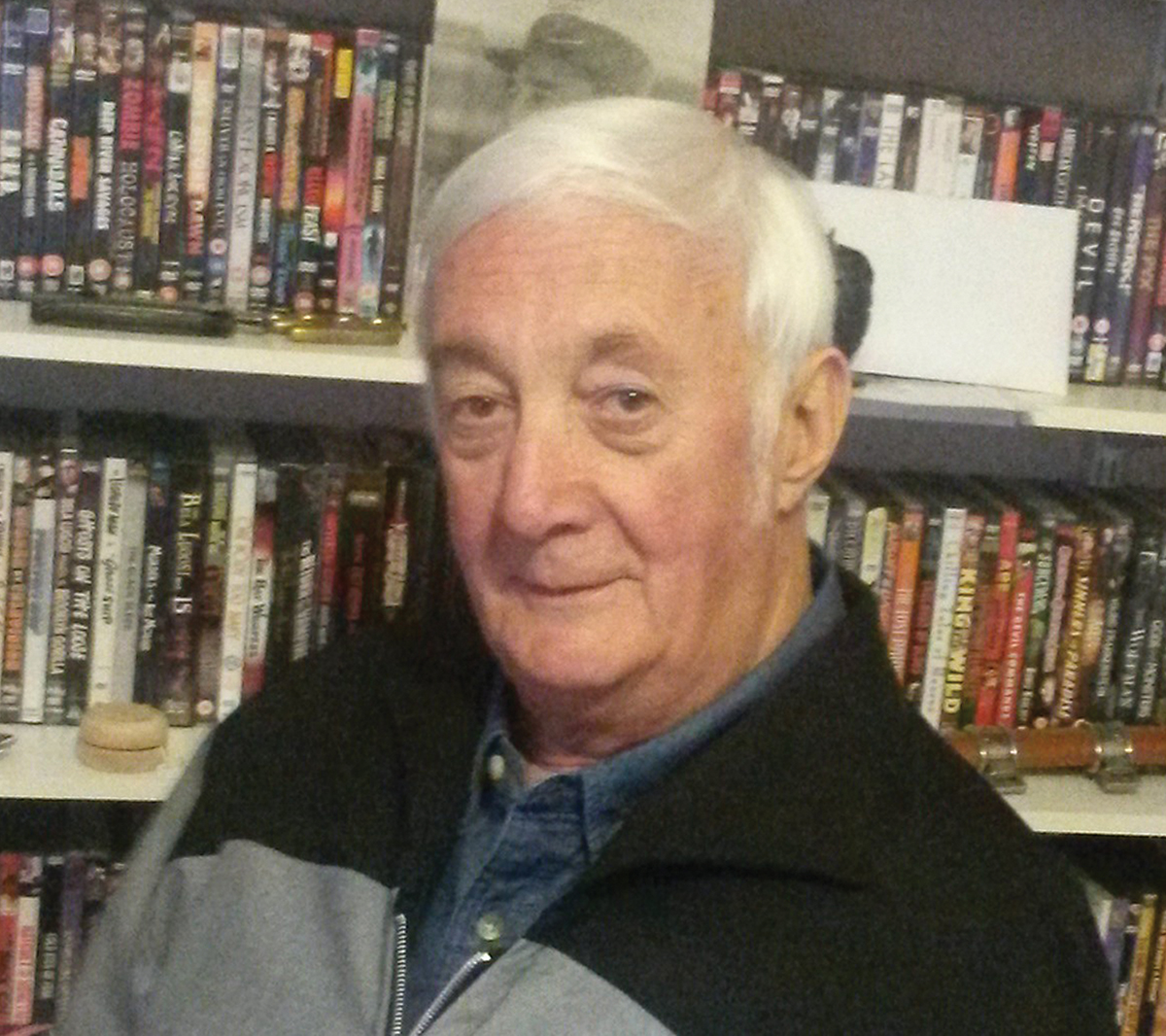The former Polecat, who has worked with Morrissey for 30 years, talks us through his formative influences…
Rockabilly Guy and multi-instrumentalist Martin James ‘Boz’ Boorer has led a colourful life thus far, earning his stripes in the early 80s as guitarist with neo-rockers The Polecats, before joining Morrissey’s band in 1991 and going on to become his musical director. A diverse and impressive CV boasts several notable collaborators, including Ronnie Dawson, The Deltas and The Shillelagh Sisters in the rockin’ sphere, as well as Adam Ant, Joan Armatrading, Jools Holland, Kirsty MacColl and Edwyn Collins in the wider music world. We found out what’s kept his motor humming through it all.
The Johnny Burnette Trio – The Train Kept A-Rollin’, 1956
I bought the album re-release from a local Woolworths very cheap. I was amazed at how great the songs were and thought he sounded much older than he was. I also opened up the Burlison/Martin debate about who played lead guitar. I’m not that fussed, it’s a great record! The simple two-string guitar is monumental and the distortion is thought of as the first on record. There’s been a few covers over the years, including some by The Yardbirds that sound almost like proto-punk.
Elvis Presley – Baby Let’s Play House, 1955
Sun Records has always been important to me; I cut my teeth learning the guitar breaks on those compilations in the 70s. I love the primeval, simple sounds of early Elvis. With the slap bass, acoustic rhythm, picked guitar and the
echo-laden vocals, they improved upon Arthur Gunter’s deadpan delivery on the original. The song has spawned a ton of versions in the 50s, including the stunning Cool Off Baby by Billy Barrix – even Johnny Burnette recorded a thinly-disguised Oh Baby Babe.
Gene Vincent – Race With The Devil, 1956
I’m always fascinated with the Gene Vincent sound: the bass isn’t slapped, the drums are played with brushes and Cliff Gallup’s guitar playing is like jazz, recorded at Capitol Studios in Hollywood. I heard a story that Vincent’s voice was a bit weak, so it was recorded in the corridor outside. Dickie Harrell, the drummer, purportedly invented the fashion of screaming in the guitar breaks to prove to his 14-year-old schoolmates that it was really him. The guitar playing really is off the scale and difficult to learn! I love the key change that arrives at the start of the last solo with no introduction, E to F bar to bar.
Buddy Holly – Midnight Shift, 1958
I discovered this one on a cheap EP in the sale box of a local store. I was aware of the rock’n’roll hits of Buddy, but had no idea that he had recorded rockabilly. There’s quite a few, though, including Blue Days, Black Nights and Down The Line, a song we recorded with The Polecats. Apparently, Owen Bradley wouldn’t allow Buddy to play guitar on the track, so I’m not sure who played the lead break – Grady Martin or Sonny Curtis – but it’s killer! A song I played with Boz and the Bozmen…
Crazy Cavan And The Rhythm Rockers – Teddy Boy Rock’n’Roll, 1974
Our first drummer, Chris Hawkes, has two brothers who were Teddy boys, and they had a really great record collection. When we started to perform in a band, these were the songs we began with. We included a lot of Crazy Cavan songs at our earliest gigs and when we played our first original track, Rockabilly Guy, I performed the same guitar solo that’s from this track. I saw the band live a lot when we were kids, they had such a strong sound.
The Cramps – Rock On The Moon, 1980
I could pick any track from Songs The Lord Taught Us. We consumed the Gravest Hits EP and saw them live – I think it was their first UK gig at the Marquee before they did the Police tour. Lux Interior was an enigmatic performer and they never suffered a lack of low-end for not having a bassist. Their sound was simple, but also unique. This is a cover of the Jimmy Stewart track recorded in 1959. Sometimes when I sing Rockabilly Guy, I’ll switch into Rock On The Moon halfway through (on purpose).
Chuck Berry – Let It Rock, 1960
This song came to me via The Rolling Stones. I got home from WH Smith’s in Edgware clutching Brown Sugar, which I loved so much. When I flipped the record over, there was this song recorded live in Leeds. I think it was the first time I heard feedback on a record and I was hooked. The song is a fascinating story about a runaway train, it’s so short and has no chorus, only narrative: “Rollin’ them bones ’til the foreman came back”. There’s great black-and-white footage of Chuck Berry playing it live.
Johnnie Allan – Promised Land, 1974
Released on Charlie Gillet’s Oval record label in the mid-70s, I absolutely love the Cajun treatment on this recording. It’s another Chuck Berry song and once again it doesn’t have a chorus, just the story itself. I think that Johnnie maybe gets a bit mixed up with the lyrics at one point, and I love the way that you can clearly hear his fingernails rattling on the keys of the accordion in the solos. Try singing this track all the way through, though – there are so many words!
T.Rex – I Love To Boogie, 1976
An unabashed version of the Webb Pierce hit Teenage Boogie. I fell in love with this simple song, it has a very odd 13 hi-hat click as an intro. I remember when Marc Bolan sang it on Top Of The Pops. I was very jealous of my school friends who arrived the next day with the badges on, having attended the filming. Great B-side, too, Baby Boomerang, supposedly about Patti Smith. I have a recording that sounds like Marc listening to the original then taking the needle off and jamming his new version.
Skeets McDonald – You Oughta See Grandma Rock, 1956
Country star does rock’n’roll. It happened quite a lot, but I suppose if you’re going to try it, at least get Eddie Cochran on lead guitar. Sizzling guitar breaks urging Skeets to encourage Eddie by saying: “Let’s rock it but DON’T ruin it”. Recorded in LA at Capitol Studios, like the Vincent tunes, I think it’s Cliffie Stone bashing it out on the upright bass. The B-side is also pretty good – Heart-Breakin’ Mama – more of the same. Once you’ve got the formula, there’s no need to stray!






